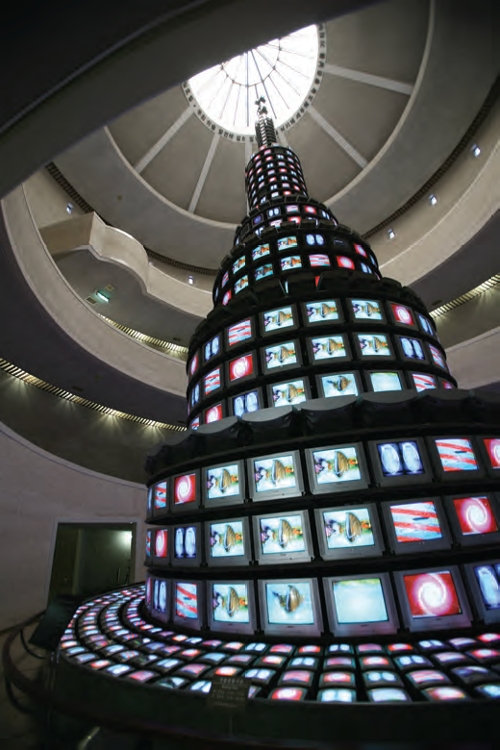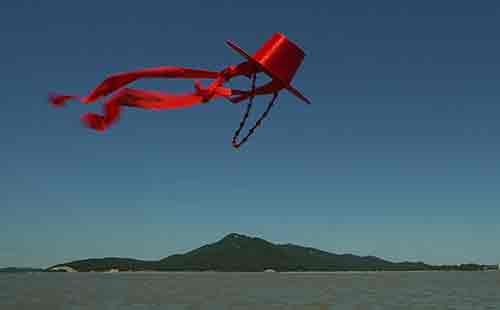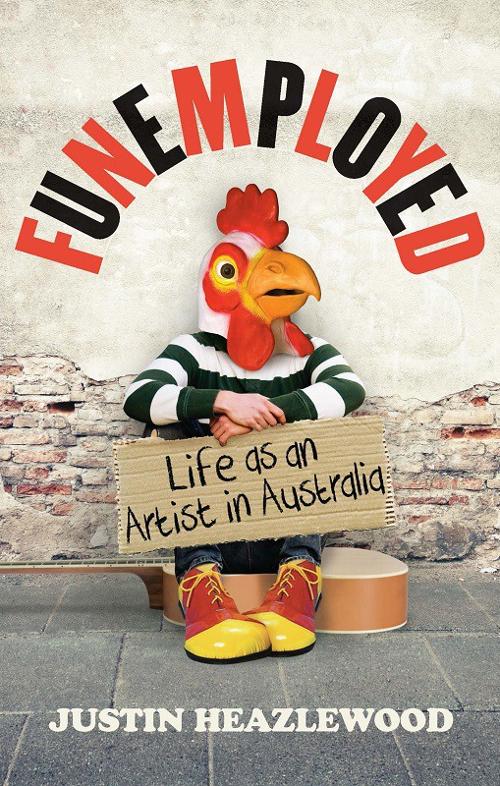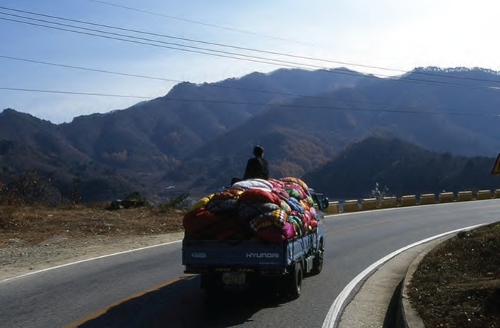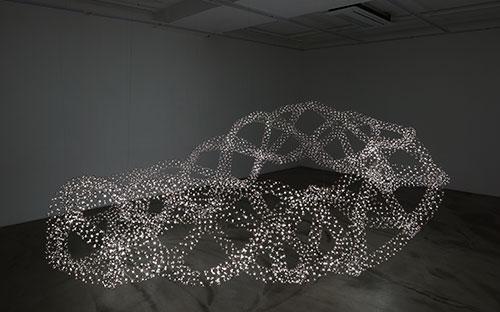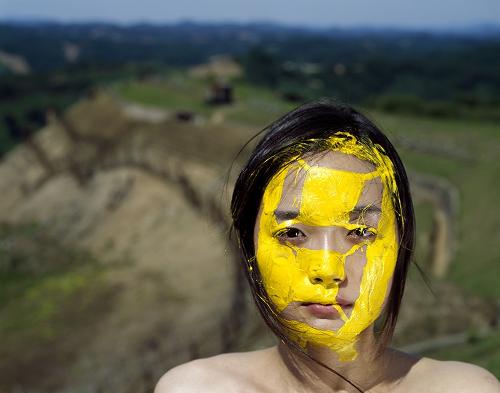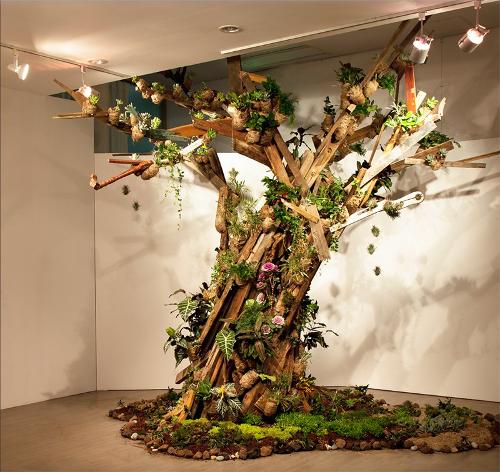.png)
In the late 1980s and early 1990s, the collapse of communist countries in Eastern Europe, deconstruction of the USSR and unification of Germany resulted in a pause in the traditional ideological arguments between the left and right in Korea. Around that time many diverse events were established in the art scene such as the Gwangju Biennale, Busan Biennale, Media_City Seoul (Seoul Media Art Biennale), Cheongju International Craft Biennale and the Gyeonggi International Ceramic Biennale. Local self-government was introduced and many public museums as well as private museums were founded. Korea now has an abundance of cultural infrastructure attracting the world's attention.
In 1995 under president Kim Young Sam’s government, global newspapers and magazines such as Newsweek, Time and The Financial Times focused on Korea’s economic rise. At that time, Korean economic development was based on manufacturing and the IT industry and Korea jumped on the bandwagon of globalization. A number of important events happened in the art scene, such as the construction of the Korean pavilion at the Venice Biennale, the foundation of the Gwangju Biennale and the "Year of Art“. This led some well-known art magazines such as Art News and Asian Art News to address Korean contemporary art in special features.
The appearance of a new generation of artists became a catalyst for a specific culture in the post-industrial era reflecting the virtues of consumerism. The “Museum“ group represented by Choi Jeong-hwa and Lee Bul was a typical model of new generation culture. Art movements and trends such as Dansaekhwa, K-pop (Daejunghwa), Minjung Art, Hangukhwa, feminist art, public art, media art, performance art and installation art flourished in the course of government liberalisation and the beginning of globalisation. Korea is now an important cultural producer, pursuing the advancement of culture in the spirit of mutual reciprocity among the many countries of Asia and the world at large.
This special bilingual edition of Artlink on Korea is composed of texts written by critics, art historians, art theorists and scholars from Korea and Australia and sheds light on the current situation of Korean contemporary art and its cultural background. I would like to express my special thanks to Stephanie Britton, the founder of Artlink magazine, and the Board and staff of Artlink Australia who planned and produced this magnificent issue. I would also like to thank Yvonne Boag whose support and efforts were instrumental in the successful conclusion of this project.


